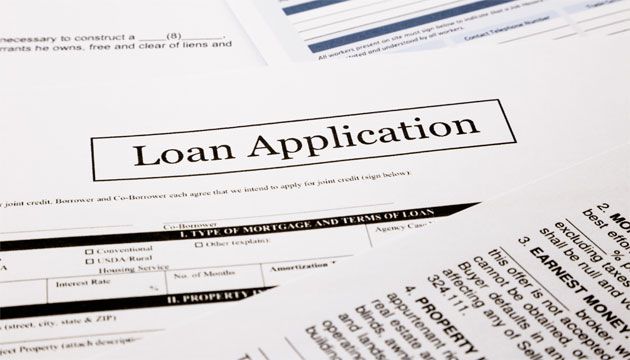
If you already own a small business or are interested in purchasing a business that already exists, and need a loan, then this information is for you. An SBA (Small Business Administration) loan comes from a bank, as do many other types of business loans; however, for an SBA loan, the bank will assume part of the risk. Therefore, this is a loan for business owners who do not have enough collateral to take out a traditional loan.
There are two main types of SBA loans for which small business owners typically apply, the 7a and the CDC 504, so we’ll take a look at how to apply for each. However, before we begin, you must first determine if you are eligible for an SBA loan. If you meet the following criteria, then you can proceed with your application:
1) For-profit company
2) U.S. business
3) 500 employees or less
4) Can demonstrate a need for the funds
If you have determined that you’re eligible, congratulations! We can now begin the application process.
The 7a Loan
Step 1 – Finding a Bank:
When finding a bank to process your SBA loan, it’s a good idea to meet with several to ensure that you find the right fit. The bank that you choose should regularly process SBA loans. Also, don’t forget to inquire about the interest rate at each meeting, as these may vary. If you are having trouble finding a lender, the SBA website has an excellent search function that will help you find lenders near you.
The initial meeting with the bank will involve an exchange of information, and the bank will usually take about a week to determine if they will fund your business proposal with a loan. If accepted, a formal proposal from the bank must be accepted before the underwriting phase can begin.
Step 2 – Underwriting Phase:
There are two parts to the underwriting phase.
Part A: Assembling the Paperwork
It is extremely important to be as organized as possible during this phase, as this will make your job much easier. You will need the following paperwork:
If you already own the business:
- Business Financials
- Profit and Loss (P&L) Statement
- Projected Financials
- Business Certificate/License
- Loan Application History
- Tax Returns
- Résumés
- Business Overview and History
- Business Lease
If you are purchasing an existing business:
- Current balance sheet and P&L statement of the business
- Previous two years federal income tax returns
- Proposed Bill of Sale
- Asking price
It is also a good idea to include a two year projection, according to David Lucht of Live Oak Bank. This will ensure the bank that you know how to manage a company, and will differentiate you from competitors as well.
Part B: Filling Out the Forms
The following forms need to be filled out:
- Form 4: Application for Business Loan
- Exhibit A: Schedule of Collateral
- Form 912: Statement of Personal History
- Form 413: Personal Financial Statement
- Form 159 (7a): Fee Disclosure Form and Compensation Agreement
Once all the paperwork has been gathered and the forms have been filled out, you will meet with the bank and finalize the application process. It will take anywhere from one to two weeks for the bank to actually approve or decline your application.
Step 3 – Closing:
Once you begin closing, how long it will take depends on how complex your loan is.
The 504/CDC Loan
The application process for this type of loan is extremely similar to that of the 7a loan, so we won’t go into detail about the actual process. The difference is in the eligibility requirements and the lender. Instead of applying to a bank, you will apply to one of the SBA’s Certified Development Companies, which are nonprofits that work with lenders to give loans. Again, the SBA’s website has a list of lenders.
Now that you have the basic information that you need to start out the process for an SBA loan, good luck!
Marc Prosser is the co-founder of Marc Waring Ventures and the publisher of Fit Small Business.








